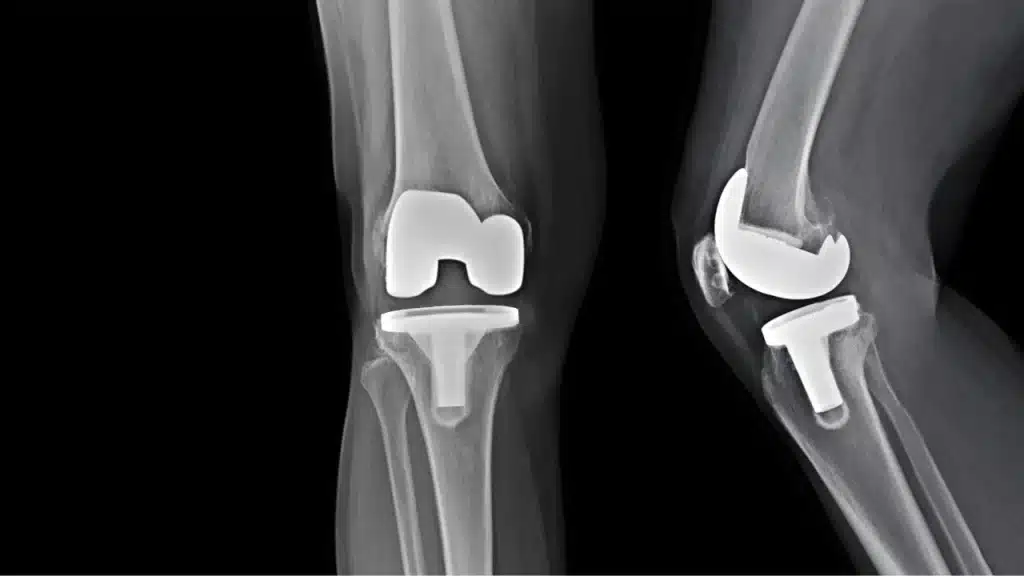Total Knee Replacement
Are you experiencing persistent knee pain that’s limiting your mobility and affecting your quality of life? We understand the debilitating impact of knee problems. Our team of highly skilled and experienced orthopedic surgeons and specialists are dedicated to providing comprehensive knee care, from diagnosis and conservative treatments to advanced surgical interventions like total knee replacement.
Our Specialties

Comprehensive Knee Care at Sahaj Hospital
We offer a full spectrum of knee care services, utilizing the latest technology and evidence-based practices to ensure the best possible outcomes for our patients. Our approach begins with a thorough evaluation to understand the root cause of your knee pain. We then develop a personalized treatment plan that may include:
Diagnosis and Evaluation:
Accurate diagnosis is crucial for effective treatment. Our specialists utilize advanced imaging techniques and clinical examinations to pinpoint the source of your knee problem.Conservative Treatments:
We prioritize non-surgical options whenever possible. These may include physical therapy, medications, injections, and lifestyle modifications to manage pain and improve function.Joint Preservation:
For patients with early-stage arthritis or other knee conditions, we offer joint preservation techniques to delay or prevent the need for knee replacement surgery.Knee Arthroscopy:
Minimally invasive arthroscopic procedures are used to diagnose and treat a variety of knee conditions, such as meniscus tears, ligament injuries, and cartilage damage.Total Knee Replacement:
When conservative treatments are no longer effective, our expert surgeons perform total knee replacement surgery using advanced techniques and implants to restore mobility and relieve pain.Post-Operative Care and Rehabilitation:
We provide comprehensive post-operative care and rehabilitation programs to help you regain strength, mobility, and independence after knee surgery.
Find Relief from Knee Pain
If you’re suffering from persistent knee pain, don’t let it limit your life. Contact Sahaj Hospital today to schedule a consultation with one of our experienced knee replacement surgeons in Indore. We’re committed to helping you regain your mobility, reduce pain, and improve your overall quality of life. We are conveniently located in Indore and dedicated to serving the community with compassionate, high-quality orthopedic care.
